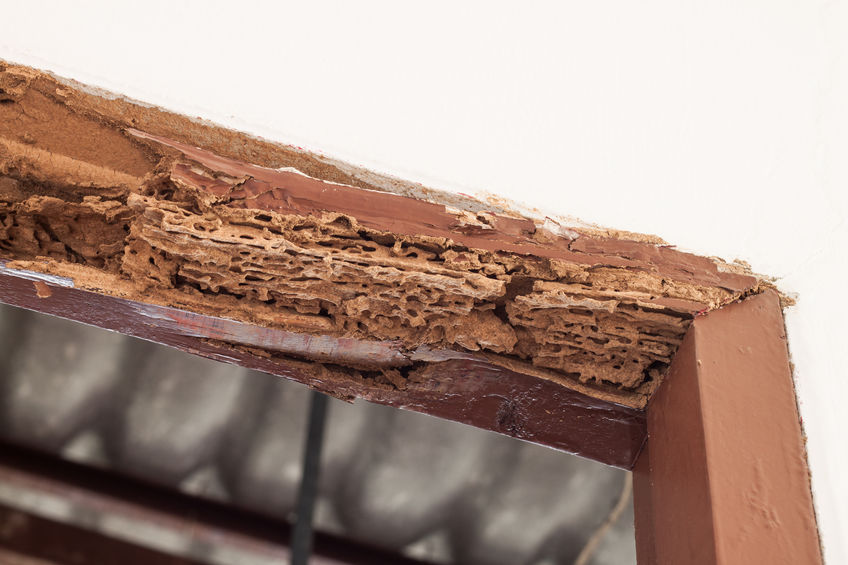In Massachusetts and most other US states, banks and lending institutions will not loan people money to purchase a house unless a properly trained and licensed pest control professional carries out a wood-destroying insect pest inspection within and around the home being purchased. Each state and many local governments provide an official wood-destroying insect pest report form that pest control professionals must fill out while performing inspections. States located in termite-heavy geographic regions, most notably the Gulf Coast states, legally require all homes to undergo a wood-destroying pest inspection before being sold. In Massachusetts, wood-destroying pest inspections are the norm, but are not required by state law. The wood-destroying pests that inflict structural damage to homes and buildings in Massachusetts include carpenter ants, especially the black carpenter ant, wood-boring beetle species like powderpost beetles, carpenter bees, and most important of all, eastern subterranean termites (Reticulitermes flavipes).
It is not uncommon for people to discover active termite infestations or termite-related damage hidden in their newly purchased home sometime after moving in. In most of these cases, the new homeowners neglected to have the property professionally inspected before making a purchase, but this also frequently occurs in cases where a wood-destroying pest inspection was carried out before the purchase. Naturally, new homeowners often feel cheated after finding termite damage in their new home despite having the home inspected for wood-destroying pests prior to the final real estate transaction. In these situations, it is important to determine if the infestation was established before or after the inspection was conducted. Unfortunately, however, there is no easy way to date termite-damaged structural wood.
According to Dr. Faith Oi, a University of Florida extension scientist, termite damage to structural wood cannot be accurately dated because there are far too many unknown variables that affect the rate at which termites feed on wood. Examples of these unknown variables include the species of termite responsible for the damage, climatic conditions during the infestation, moisture content of the wood during infestation, ambient humidity levels during the infestation, termite colony size, the number of workers that damaged the wood, whether the damaged wood was sapwood or hardwood, the degree of wood decay at the time damage was inflicted, and availability of alternate food sources. Also, the rate at which subterranean termite workers feed on wood varies from worker to worker. Laboratory studies have shown that the number of termites needed to consume 1 gram of wood under constant 75°F conditions is 18.315, but this calculation is of little help outside of laboratories where climatic conditions, and termite prevalence vary dramatically from day to day.
Have you ever found termite damage in your home that you believe resulted from an infestation that took place prior to your purchase of the home?

